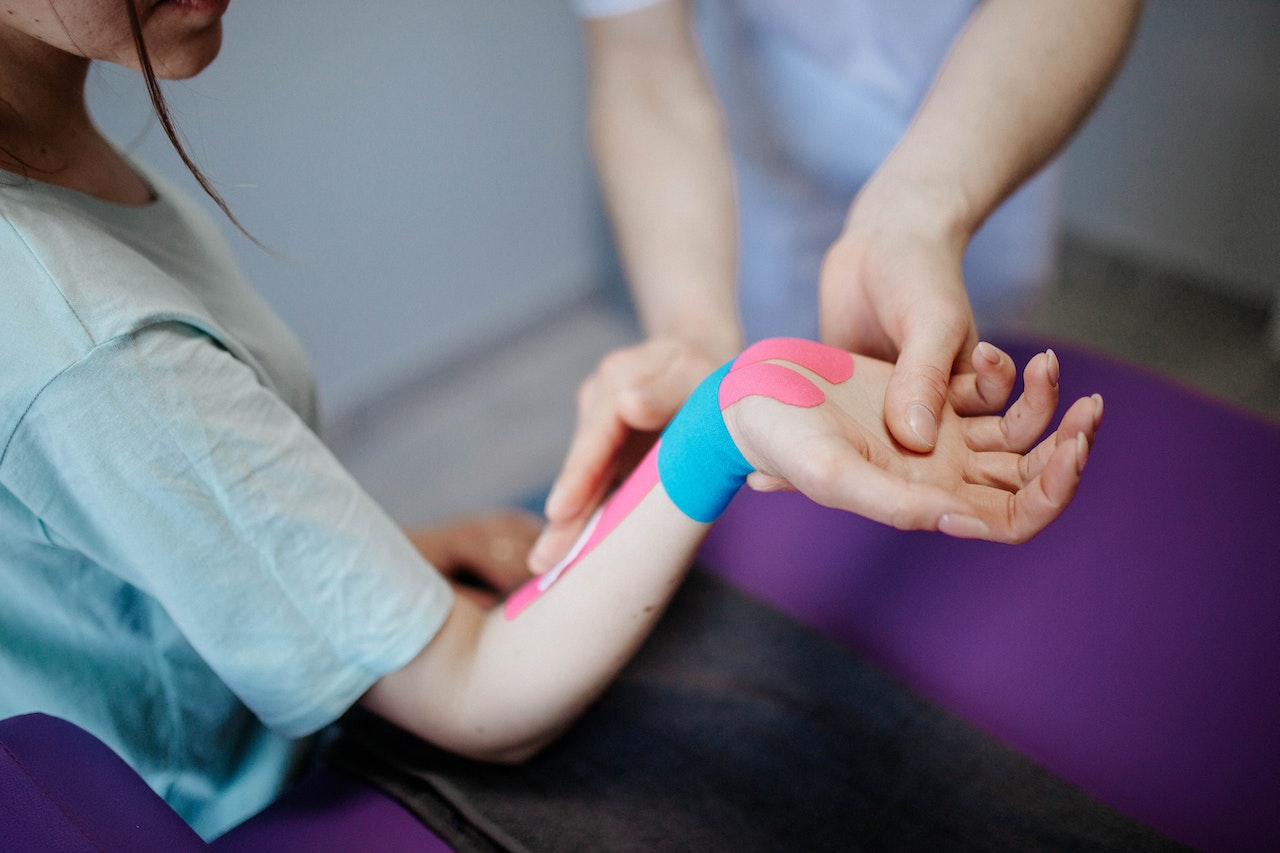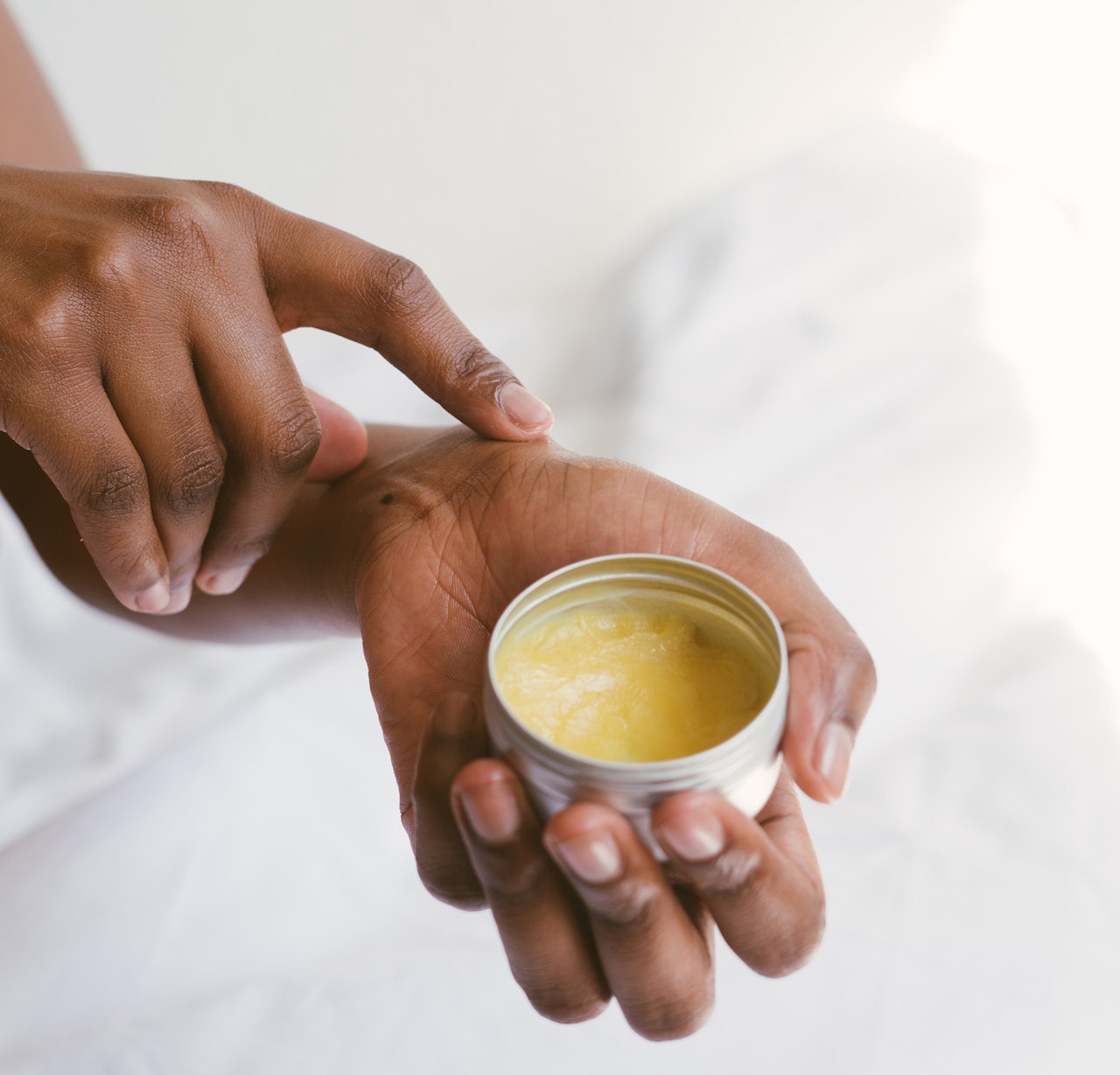Most people will have joint pain at some point in their lives because it is a frequent complaint. Anti-inflammatory topical creams are one sort of therapy for inflammation-related pain that is becoming more and more popular. These are lotions, balms, or gels made with substances that aid in lowering inflammation and relieve pain. They can assist in speeding up post-workout muscle recovery and be used to treat sprains, strains, muscular pains, and inflammation.
Topical anti-inflammatory medications are simple and practical to apply and frequently comprise over-the-counter pain relievers or naturally occurring anti-inflammatory substances. Additionally, topical anti-inflammatories are thought to have fewer negative effects than oral anti-inflammatory drugs. Which anti-inflammation topical therapy should you pick and are they genuinely effective? Continue reading to learn all you ought to know.
Joint Inflammation
An increase in fluids and infection-fighting white blood cells at a site of damage or illness in the body causes inflammation. Due to the increased blood flow brought on by the immunological response, fluids may seep into the tissues and cause edema, warmth, and redness. The biological process of inflammation is the body’s natural defense mechanism, but if it persists over time, as in the case of autoimmune diseases like rheumatoid arthritis, it can cause discomfort, protracted swelling, and cartilage loss.
How Does Inflammation Feel?
Multiple signs of joint inflammation exist. These may consist of:
- Hurting joint
- Swelling in an area
- Redness
- Stiffness
- Warmth
- The joint is a little tough to move
Only one or two of these signs and symptoms may be present when you have inflammation. However, inflammation can also leave you feeling generally ill, with symptoms like:
- Headache
- Fatigue
- High temperature
- Sore muscles
You may benefit from using a topical anti-inflammatory balm or cream if you have any of the aforementioned symptoms, especially if they are localized.
Anti-inflammatory Options
There are several possibilities for anti-inflammatory drugs, with varying levels of efficacy and negative effects.
A corticosteroid injection (cortisone) can provide the strongest anti-inflammatory impact. This is comparable to a water bomber dousing a fire with water. There are dangers including infection, pain flare-ups, potential tissue weakness in the short term, and anxiety.
Have you thought of using dry needling to relieve your muscular pain? Prednisolone, a steroid that requires a prescription, and Non-Steroidal Anti-Inflammatory Drugs (NSAIDs), which are sold over the counter (Nurofen, Voltaren, etc.) or on a prescription (Naprosyn, Celebrex, Mobic, etc.), are the next two most effective options. This is similar to spraying water on a fire with a garden hose, except the water spreads everywhere (systemic). Although they are uncommon, short-term adverse effects can have an impact on the digestive system, kidneys, blood pressure, those who have asthma, etc. It is important to speak with a doctor or pharmacist before starting an NSAID regimen.
The usage of anti-inflammatory gels and creams, including steroid-based (not addressed) and non-steroid-based products like Voltaren and Nurofen gel is comparable to dumping a pail of water on a specific area of the fire. When compared to oral treatment, less of the drug is absorbed into the bloodstream, which dramatically reduces the likelihood of negative side effects.
How Effective Are Anti-Inflammatory Creams and Gels?
The quick response is “yes”! Topical NSAIDs offered good levels of pain relief in acute illnesses such as sprains, strains, and overuse injuries, presumably similar to that offered by oral NSAIDs.
Do you only have DOMS or delayed onset muscle soreness? But how can we increase efficiency if using a hose is like using a pail of water? A topical NSAID has to get to the inflamed tissue in enough concentration to have a meaningful anti-inflammatory impact.
Factors Affecting Anti-Inflammatory Cream and Gel Efficiency
- Concentration – It goes without saying that how much anti-inflammatory medicine is present in the gel or cream has a significant impact on how much is absorbed by the tissues. Recently, Voltaren introduced their Voltaren gel osteo 12 hourly product, which has twice as much diclofenac (a drug) as their normal product.
- Formula – For skin penetration, the formulation is essential. Without going into great detail, the gel is superior to cream in terms of effectiveness.
- Blood Flow – Exercise, a heat pack, a hot shower, massage, etc. can all enhance blood flow to the region, which increases the likelihood that the drug will be absorbed.
- Wraps – To extend the amount of time the anti-inflammatory gel has to infiltrate the skin before being rubbed off or evaporating, sports doctors frequently advise wrapping the injured region in a glad wrap after applying it.
- Massage – Do not overlook the advantages of massage, which include reduced discomfort and improved blood flow. Some people think that the massage, and not the cream or gel itself, is entirely responsible for the positive benefits of anti-inflammatory creams. However, studies have shown that when rubbed into the afflicted area, anti-inflammatory gels and creams substantially more effectively reduce pain than placebo gels and creams.
What Conditions are Helped by Anti-Inflammatory Creams and Gels?
The problem location should not be too far from the skin’s surface since, as previously said, the anti-inflammatory gel must permeate the skin before it can reach the damaged tissues. As a result, the following conditions are more likely to benefit from anti-inflammatory gels:
- Plantar fasciitis
- Patellar tendinitis
- Achilles tendinitis
- ITB syndrome
- Shin splints
- Tennis and golfer’s elbow
- Ligament strains
- Bursitis
- Acute muscle strains
Although deep structures are frequently the source of back and neck discomfort, it does not harm to try anti-inflammatory gels.
Conclusion
Muscle aches, pains, and inflammation can all be effectively treated with anti-inflammatory lotions, balms, and gels, especially if the discomfort is localized and close to the skin. Anti-inflammatories used topically are simple to use and less likely to have unwanted effects than those taken orally. Opt for natural pain-relieving lotions like the highly calming Relief CBD Joint and Muscle Cream or efficient over-the-counter NSAIDs.



